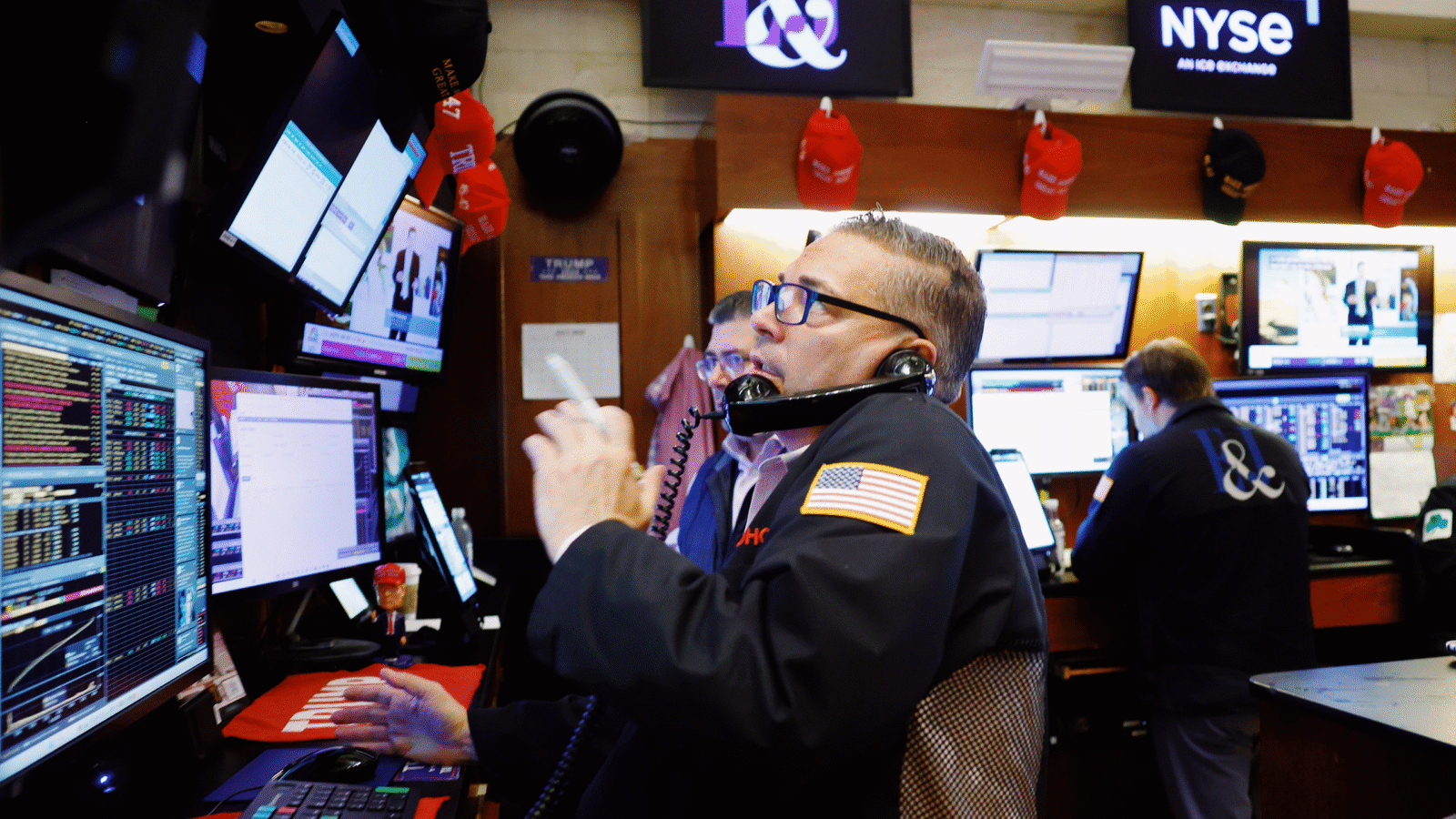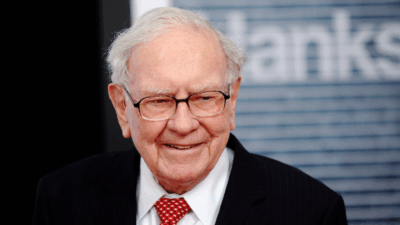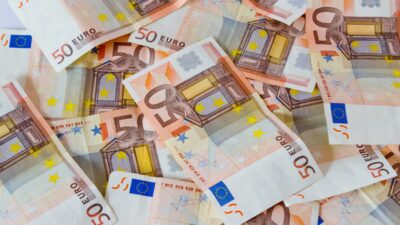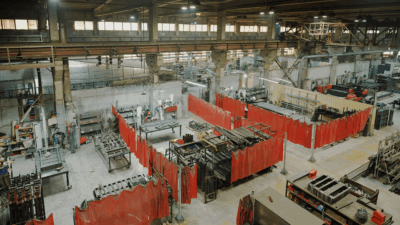The Carry Trade is Unwinding. How Much is Left to Go?
In a carry trade, you borrow money in a country with low interest rates and use it to buy a higher-interest-rate currency like the dollar.

Sign up for smart news, insights, and analysis on the biggest financial stories of the day.
The unwinding of the carry trade has pummeled markets, but where she stops nobody knows.
A carry trade, unlike some financial wizardry, is mercifully simple to explain: You borrow money in a country with low interest rates — Japan, China, or Switzerland, for example — and use it to buy a higher-interest-rate currency like the dollar (or an asset with a higher expected turn, like stocks or crypto).
Carry on My Upward Yen
Japan had been the world’s favorite place to get money on the cheap because its central bank kept ultra-low, even negative, interest rates to combat decades of stagnation. As prices finally started rising, Tokyo hiked rates this year. Along with weakening US labor market data, this has pushed the yen up against the dollar in recent weeks. That makes a key source of funding for markets suddenly pricier, which triggered sell-offs. And those sell-offs may not be finished:
- There’s no definitive number for how much is tied up in the carry trade because it’s used by so many market stakeholders, from family funds to corporates to hedge funds. According to the Bank for International Settlements, cross-border yen borrowing — not all of it necessarily carry trades — has risen by $742 billion since the end of 2021. ING estimates outstanding cross-border yen loans as of March amounted to $1 trillion.
- JPMorgan Chase analysts estimated that 75% of global carry trades had been unwound on Wednesday. They added that returns on Group of 10, emerging market and global carry trade baskets had fallen 10% since May, writing that the “clock is ticking for the G10 carry.”
Beg to Differ: “We suspect that the top layer of carry – speculators in yen futures markets – may be close to flat in their positions now. As to the deeper layer of the yen carry, we think it is very hard to tell,” ING foreign exchange strategy head Chris Turner wrote in an investor note. “We would take any definitive declarations of the yen carry trade being 50% or 75% unwound with a pinch of salt.”











